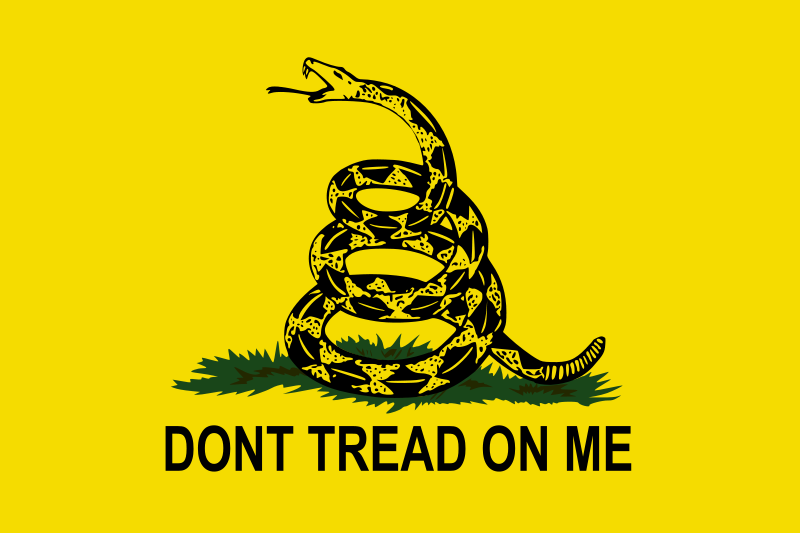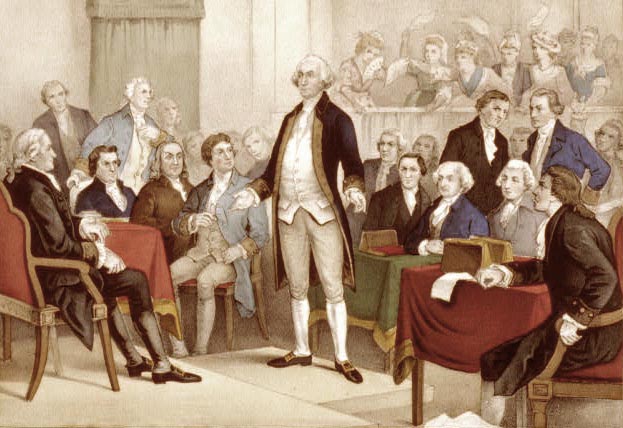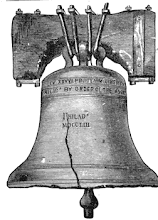From The Heritage Foundation:
Trusting but Verifying on Taxpayer Funding of Abortion
Posted February 11th, 2011 at 3:00pm in Family and Religion, Health Care with 4 comments Print This Post
On the subject of arms treaties with the Soviet Union, President Reagan famously said, “Trust, but verify.” Now many Members of Congress want to do the same with public funding of elective abortion under Obamacare, but they are meeting new resistance from congressional Democrats, some of whom, nonetheless, insist they have the same goal.
The battle dates back to 2009, when the abortion funding issue held up the passage of the massive health care bill known as the Patient Protection and Affordable Care Act (PPACA). In March 2010, the PPACA was finally adopted when a small group of House Democrats backed away from a proposal known as Stupak–Pitts, which would have plugged the abortion funding loopholes in the PPACA and established a strict standard governing the use of the new affordability tax credits created by the bill.
The House Democrats voted for the PPACA after receiving assurances that President Obama would issue an executive order that would plug the loopholes, or, as the President put it, impose “strict compliance with prohibitions on abortion funding in health insurance exchanges” and apply the fund restrictions to separate categories like community health centers.
Today, a House Committee led by Rep. Joe Pitts (R–PA) will begin mark-up of the Protect Life Act, which would codify the Stupak–Pitts measure and put the weight of Congress behind what the Obama executive order purports to do. The bill, H.R. 358, which is also sponsored by Rep. Dan Lipinski (D–IL), has 118 cosponsors.
The reaction of certain Members of Congress to these developments has varied over time. In 2010, during a campaign debate, Senator Barbara Boxer (D–CA) said of the Hyde Amendment limiting public funds for abortion, “I think it’s a good compromise right now. So that’s my position, and that’s why, in the health care debate, not one pro-choice senator or a member of the House that I know tried to overturn Hyde.”
Now, Boxer is leading the fight against the Protect Life Act, claiming that “it tells women they can’t use their private money to purchase insurance that covers a full range of health care.” Section 2(c)(2) of the bill, in fact, tells women that they can use only their private money—and not government funds authorized or appropriated under the PPACA, including affordability tax credits—to purchase insurance with elective abortion coverage.
Moreover, the Hyde Amendment itself both denies payments for elective abortions and payments to “any trust fund” from which funds could be drawn to provide “health benefits coverage that includes abortions.” When Boxer said to an audience in 2010 that she supported the Hyde Amendment, she was apparently referring to only part of the amendment. The Protect Life Act would address the entire scope of that amendment and make clear that the PPACA’s distinctly new feature, the affordability tax credit, operates in the same manner as the Hyde Amendment. It would turn the fig leaf of the Obama executive order into a firewall.
Congress has many good reasons to maintain the separation of public funds from the practice of abortion, including the lack of public health oversight and the controversial practices of prominent agencies that deal with minors.
Trusting but Verifying on Taxpayer Funding of Abortion
Posted February 11th, 2011 at 3:00pm in Family and Religion, Health Care with 4 comments Print This Post
On the subject of arms treaties with the Soviet Union, President Reagan famously said, “Trust, but verify.” Now many Members of Congress want to do the same with public funding of elective abortion under Obamacare, but they are meeting new resistance from congressional Democrats, some of whom, nonetheless, insist they have the same goal.
The battle dates back to 2009, when the abortion funding issue held up the passage of the massive health care bill known as the Patient Protection and Affordable Care Act (PPACA). In March 2010, the PPACA was finally adopted when a small group of House Democrats backed away from a proposal known as Stupak–Pitts, which would have plugged the abortion funding loopholes in the PPACA and established a strict standard governing the use of the new affordability tax credits created by the bill.
The House Democrats voted for the PPACA after receiving assurances that President Obama would issue an executive order that would plug the loopholes, or, as the President put it, impose “strict compliance with prohibitions on abortion funding in health insurance exchanges” and apply the fund restrictions to separate categories like community health centers.
Today, a House Committee led by Rep. Joe Pitts (R–PA) will begin mark-up of the Protect Life Act, which would codify the Stupak–Pitts measure and put the weight of Congress behind what the Obama executive order purports to do. The bill, H.R. 358, which is also sponsored by Rep. Dan Lipinski (D–IL), has 118 cosponsors.
The reaction of certain Members of Congress to these developments has varied over time. In 2010, during a campaign debate, Senator Barbara Boxer (D–CA) said of the Hyde Amendment limiting public funds for abortion, “I think it’s a good compromise right now. So that’s my position, and that’s why, in the health care debate, not one pro-choice senator or a member of the House that I know tried to overturn Hyde.”
Now, Boxer is leading the fight against the Protect Life Act, claiming that “it tells women they can’t use their private money to purchase insurance that covers a full range of health care.” Section 2(c)(2) of the bill, in fact, tells women that they can use only their private money—and not government funds authorized or appropriated under the PPACA, including affordability tax credits—to purchase insurance with elective abortion coverage.
Moreover, the Hyde Amendment itself both denies payments for elective abortions and payments to “any trust fund” from which funds could be drawn to provide “health benefits coverage that includes abortions.” When Boxer said to an audience in 2010 that she supported the Hyde Amendment, she was apparently referring to only part of the amendment. The Protect Life Act would address the entire scope of that amendment and make clear that the PPACA’s distinctly new feature, the affordability tax credit, operates in the same manner as the Hyde Amendment. It would turn the fig leaf of the Obama executive order into a firewall.
Congress has many good reasons to maintain the separation of public funds from the practice of abortion, including the lack of public health oversight and the controversial practices of prominent agencies that deal with minors.
.gif)






























No comments:
Post a Comment